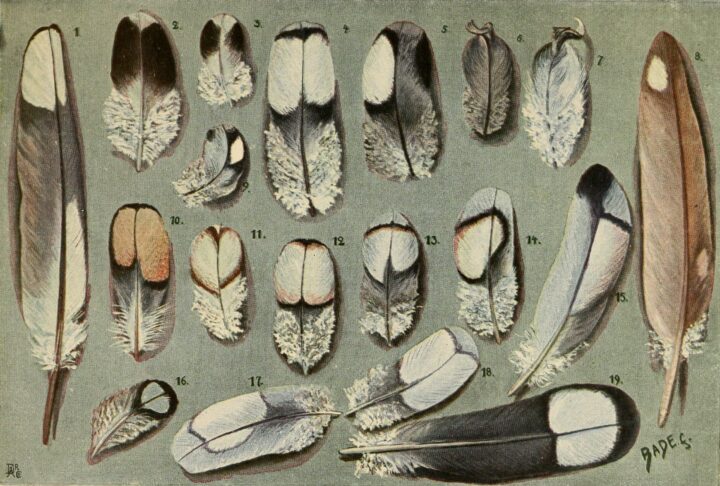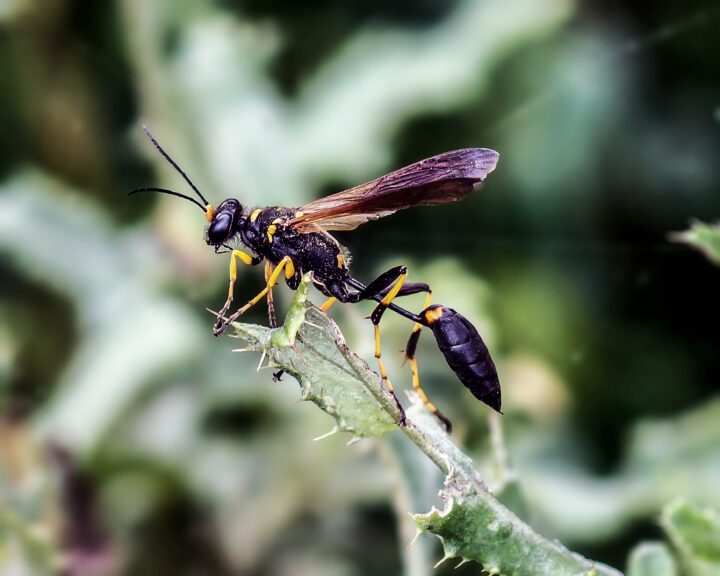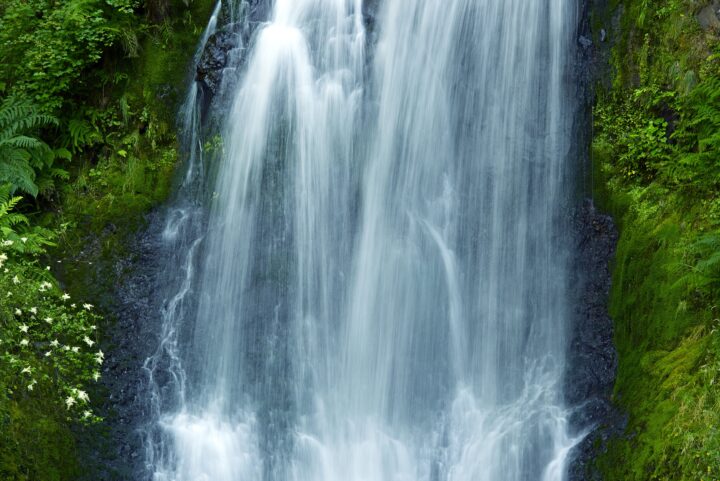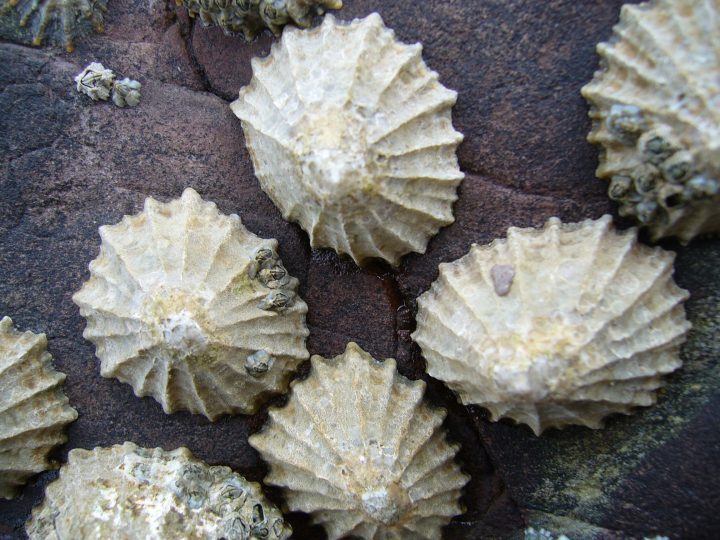Helically-structured barbules within the abdominal feathers of male sandgrouse reversibly absorb water.
Introduction
Sandgrouse are a group of 16 species of ground-dwelling birds native to arid, high-temperature regions of Africa and Asia. As exclusive seed eaters, sandgrouse obtain very little water through their diets and must drink liquid water regularly. Many of the birds’ physical and behavioral traits are adaptations to their water needs in demanding habitats.
Sandgrouse chicks rely on water deliveries from their parents for 6–8 weeks until they develop the ability to fly to watering holes. Unlike most birds that feed their young through regurgitation, 15 of the 16 sandgrouse species utilize a unique method: male sandgrouse soak their belly feathers in water and transport it back to their chicks. They can carry water up to 30 km (19 miles) from a watering hole to the nest. To minimize water loss, these birds typically fly during cooler, more humid times of the day, such as early morning or evening.
The Strategy
The specialized water-holding feathers of male sandgrouse have unique features that enable them to transport water effectively. The belly feathers have two distinct parts: an inner zone with tightly coiled structures and an outer zone with soft, fringe-like edges. The inner zone is crucial for soaking up and holding water. When dry, the feather’s tiny hair-like structures, called barbules, are coiled up. When wet, these coils unwind, standing upright to form a dense mat that traps water like a sponge. This change in shape increases the feather’s surface area, helping it absorb and hold water securely.
The outer zone adds support by curling inward when wet, forming a protective layer that helps keep the water in place. Together, these s allow each feather to hold a small amount of water, and a male sandgrouse’s feathers can collectively carry about 25 mL of water—roughly 15% of his body weight.
The feathers are made primarily of a called β-keratin. When wet, the arrangement of this protein becomes more flexible, allowing the feather’s structures to expand and hold water. This process is completely reversible: as the feathers dry, they return to their original shape, ready to absorb water again.
Advanced imaging studies have shown that the stiff inner parts of the feathers provide a sturdy base, while the softer outer parts wrap around the water-filled inner zone, creating a secure system for holding water during flight. The natural forces of surface tension—the same phenomenon that helps water form droplets—play a key role in keeping the water in place.

The Potential
The sandgrouse’s water-carrying feathers inspire ideas for human innovation in water collection and storage. For example, technologies like fog-harvesting nets or absorbent materials could mimic these feathers to capture and hold water efficiently in dry regions. By studying how these feathers work, we can develop sustainable ways to manage and conserve water, even in the most challenging environments.
AI on AskNature
This page was produced in part with the assistance of AI, which is allowing us to greatly expand the volume of content available on AskNature. All of the content has been reviewed for accuracy and appropriateness by human editors. To provide feedback or to get involved with the project, contact us.







